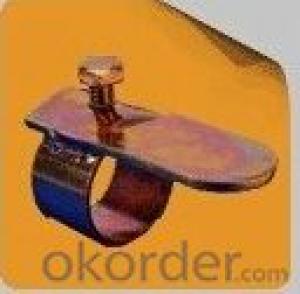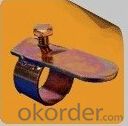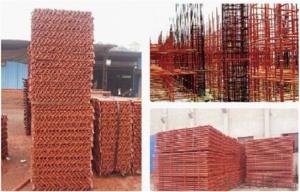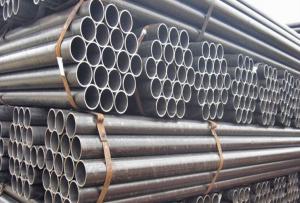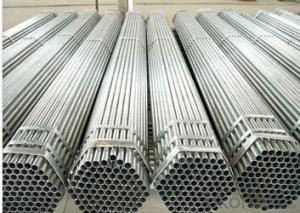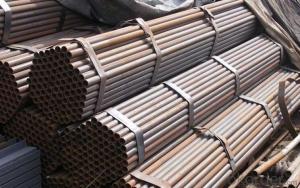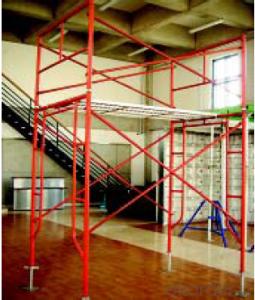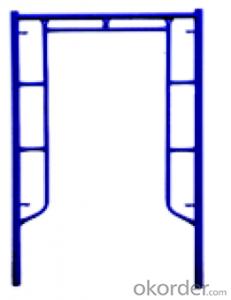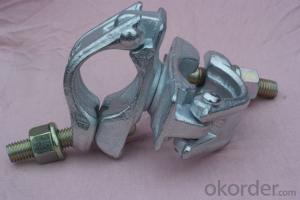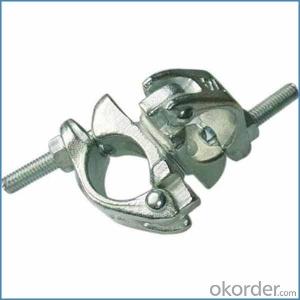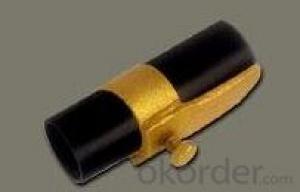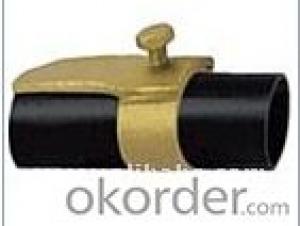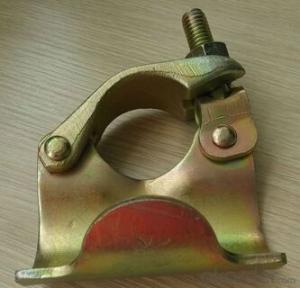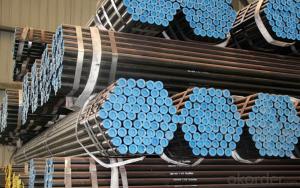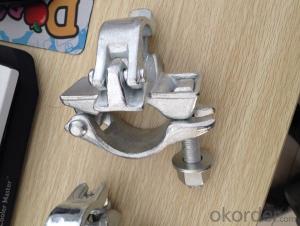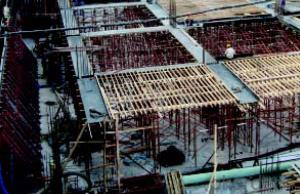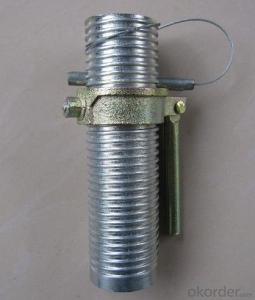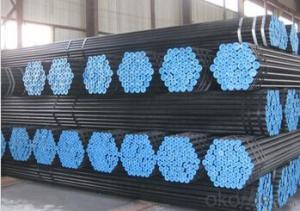ScaffoldingSteel Tube Putlog Head
- Loading Port:
- China Main Port
- Payment Terms:
- TT OR LC
- Min Order Qty:
- -
- Supply Capability:
- -
OKorder Service Pledge
OKorder Financial Service
You Might Also Like
Quick Details
| Place of Origin: | Model Number: | ||||
| Type: | Material: | Surface: | |||
| Color: | Size: | Weight: | |||
| Technics: | Standard: | scaffolding coupler: | |||
| Stable: |
Packaging & Delivery
| Packaging Detail: | in bulk or pallet according to customer's requirement |
| Delivery Detail: | no more than 20days |
Specifications
Best price scaffolding putlog head
Good bearing capacity .
Used time long .
Very good stability .
Covenient to transport
Scaffolding coupler
1.have our own factory
2.Good bearing capacity
3.Stable& durable
4.Easy to assemble or dismantle
Our capability
Produce Equipment: 4 forged production lines,2assembly line,2 bolish line ,1sets 400 punch press,3sets 300t punch press
Produce Technology: stamping/pressing/forging;
Produce Capacity: 500 tons/month
Output: 3000 pcs/day couplers,3000pcs steel plank
Specification
Scaffolding putlog head
1.size:48.3mm
2.weight:0.6kg
3.Material: Q235/225/345
4.surface :self-color / zinc plate / electro galvanized / HDG or painted
5.Standard: EN74 ,BS1139
6.Anti-rust ,skidproof ,high breaking strength
7.Durable finish, reliability, low maintenance, corrosion resistance, robust construction and high tensile strength
8. OEM serice is available
- Q: Can steel tube couplers be used in scaffolding projects with limited on-site storage space?
- Steel tube couplers are suitable for scaffolding projects with limited on-site storage space. Due to their small and compact design, they are perfect for projects where space is at a premium. These couplers can be conveniently stored in a confined area without occupying much room. Moreover, they possess excellent durability and can endure harsh weather conditions, guaranteeing their optimal state even during storage. Thus, employing steel tube couplers in scaffolding projects with restricted on-site storage space is a pragmatic and effective resolution.
- Q: Are steel tube couplers compatible with scaffolding systems using different tube finishes?
- Scaffolding systems with different tube finishes can still utilize steel tube couplers. These couplers are specially designed to securely connect and fasten scaffolding tubes together, regardless of the finish they possess. The main purpose of these couplers is to establish a robust and reliable connection between the tubes, guaranteeing the stability and structural integrity of the entire scaffolding system. As long as the dimensions and specifications of the tubes align with the couplers, the finish of the tubes should not impact their compatibility. However, it is crucial to ensure that the couplers are firmly tightened and properly secured to the tubes, irrespective of their finish, in order to maintain the overall strength and safety of the scaffolding system.
- Q: Can steel tube couplers be used in scaffolding projects with overhead structures?
- Yes, steel tube couplers can be used in scaffolding projects with overhead structures. Steel tube couplers are designed to provide a secure connection between scaffolding tubes, ensuring stability and safety. They can be used to construct scaffolding systems that can support overhead structures, such as roofs or ceilings, effectively.
- Q: What are the common industry standards or certifications for steel tube couplers?
- There are several common industry standards and certifications for steel tube couplers. Some of the most widely recognized ones include ISO 9001:2015 for quality management systems, ASTM International standards for materials and product specifications, and the American Welding Society (AWS) certifications for welding processes and procedures. Additionally, some specific certifications may be required for certain industries, such as the API 5CT for oil and gas applications or the ASME BPE for pharmaceutical and bioprocessing equipment.
- Q: Are steel tube couplers adjustable for different widths in scaffolding with limited access?
- In scaffolding with restricted access, it is not possible to adjust steel tube couplers to fit different widths. Steel tube couplers are specifically designed to connect tubes of the same diameter and establish a firm and fixed connection between them. This ensures the stability and safety of the scaffolding structure. However, if there is a need to connect tubes of different widths or sizes in such scaffolding, alternative options such as adjustable scaffolding clamps or specialized connectors may be required. These alternatives can offer the necessary flexibility to accommodate varying widths while still ensuring the required strength and stability of the scaffolding system.
- Q: Are steel tube couplers resistant to bending or deformation under heavy loads?
- Yes, steel tube couplers are generally resistant to bending or deformation under heavy loads due to their strong and durable construction.
- Q: Can steel tube couplers be used with different types of scaffolding systems, such as ringlock or cuplock?
- Different types of scaffolding systems, such as ringlock and cuplock, can indeed utilize steel tube couplers. These couplers possess great versatility, enabling them to connect steel tubes with varying diameters and thicknesses. By facilitating a secure and dependable connection between the tubes, they guarantee the stability and strength of the scaffolding structure. Regardless of whether one is working with a ringlock or cuplock system, these steel tube couplers can effortlessly integrate and unite the tubes, thus enabling the construction of scaffolding systems that are both stable and flexible.
- Q: Are steel tube couplers suitable for outdoor scaffolding applications?
- Yes, steel tube couplers are suitable for outdoor scaffolding applications. Steel tube couplers are designed to provide a secure and stable connection between scaffolding tubes, making them ideal for outdoor construction projects. They are made from high-quality steel that is durable and resistant to environmental conditions such as weathering, corrosion, and UV radiation. Steel tube couplers also have a high load-bearing capacity, ensuring the safety and stability of the scaffolding structure. Additionally, they are easy to install and dismantle, making them convenient for outdoor applications where mobility and flexibility are important. Overall, steel tube couplers are a reliable and suitable choice for outdoor scaffolding applications.
- Q: OK I am really worried about my scaffold piercing. I've had the piercing for almost 2 months now and a bubble/bump has formed on the entrance to the top hole. It's horrible and I'm worried that it is infected as I have noticed a little bit of yellow discharge, but not much.I think the bump/bubble may be hyprotrophic scarring but I'm not sure.I've been cleaning the piercing by dipping tissue in sea salt solution and then cleaning the holes with cotton buds. Is this OK?Please help :(
- If the bump does not ooze any fluids and does not hurt, also has the color of your skin you know it's a hypertrophic scarring bump. Those bumps are formations of scar tissue ( new skin that is naturally created to heal a piercing ) and it goes away with proper care just takes time to do so. If the bump does ooze any fluids like blood or pus or whatever and it does hurt you know it's a cyst/boil. If this cyst is filled with yellow fluids or pus you know that it also got infected. Both of those bumps are treated with sea salt soaks twice a day. Soak the piercing in and do not just use a tissue. Warm water (8oz) + non iodized salt (1/4 teaspoon) mixed in a cup. Soak the piercing in for 10 minutes, 2 times a day. Use a q-tip to clean around the piercing thoroughly, rinse with water and pat it dry with a paper towel. Another alternative which helps for hypertrophic scarring bumps is the chamomile soaks. Industrial is a piercing that goes through cartilage and not just skin. It's not an easy piercing and healing time is 1 full year. Do not stop the sea salt soaks and do not get lazy because cartilage piercings have their ups and downs while healing. They can stay irritated, swollen and painful for long, bumps can be formed around them which can also get infected etc. All this goes away after proper care but can happen again days or even months later. So you need to be extra careful with those piercings and follow your piercers aftercare instructions by the book. Until the piercing is fully healed don't : Touch it, twist the jewelry, change the jewelry or take it out, sleep on it, play with it, but only touch it with freshly washed hands to clean it.
- Q: deflection of scaffold plank is ok if it doesn't exceed 1/60th the overall span?
- I'm missing some information. How much do you weigh, how far is the plank extended from the deck of the ship, and what are the mechnical characteristics of the plank?
Send your message to us
ScaffoldingSteel Tube Putlog Head
- Loading Port:
- China Main Port
- Payment Terms:
- TT OR LC
- Min Order Qty:
- -
- Supply Capability:
- -
OKorder Service Pledge
OKorder Financial Service
Similar products
Hot products
Hot Searches
Related keywords
